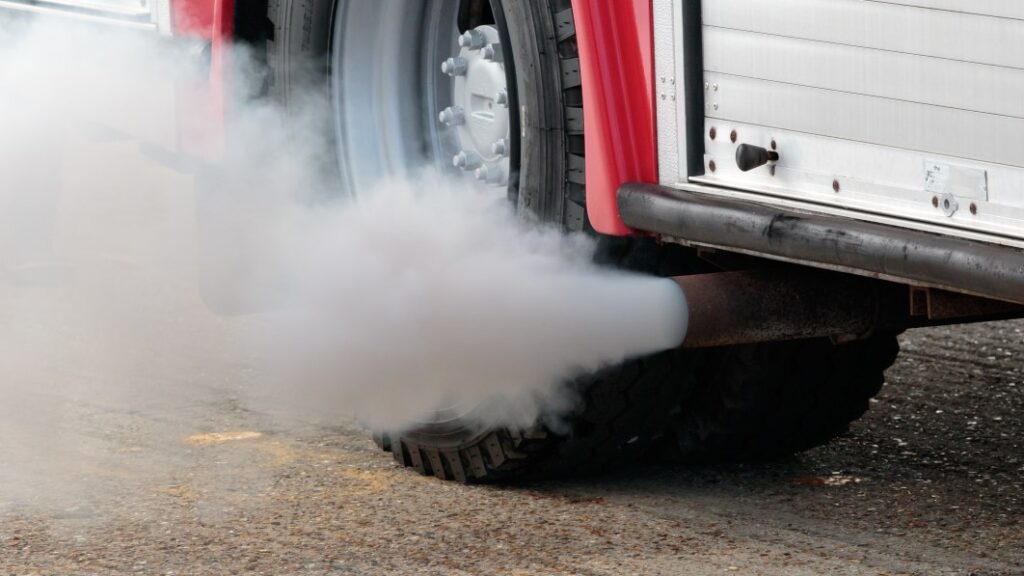US strengthens national soot standards, industry objects

WASHINGTON (Reuters) – The U.S. government on Wednesday strengthened air quality standards for soot for the first time in over a decade, predicting $46 billion in health benefits while industry groups warned the move would harm some local economies.
The Environmental Protection Agency lowered the allowable concentration of particulate matter smaller than 2.5 microns, or PM 2.5, to 9 micrograms per cubic meter (µg/m3) on average per year, from the current 12 µg/m3 in place since 2012. In its proposal last year, it also considered a lower and higher limit.
Soot, or fine particulate matter, comes from sources ranging from power plants to vehicle tailpipes and refineries. It causes lung and heart damage and has been found to disproportionately affect low-income communities, according to the EPA.
The rule “really does represent what the Biden-Harris administration is all about: healthy people equals a healthy economy,” EPA Administrator Michael Regan told reporters on Tuesday, adding that since 2000, PM 2.5 has decreased while the economy grew.
The EPA said it will go through a process over the next year of designating which areas already meet the standard and which do not but it projects that in 2032, 99% of countries will have PM levels that meet the new standards.
According to a map shared by the EPA, only 52 counties would not meet the annual standard by 2032. Nearly half of them are in California.
Industry groups, which have been urging the EPA to set a less stringent standard, slammed the proposal and warned it would slow down environmental permitting and implementation of the administration’s Inflation Reduction Act, which has spurred a domestic clean energy manufacturing boom.
The U.S. Chamber of Commerce projected that as many as 569 counties would be out of compliance, arguing that non-industrial sources like wildfires are a major source of soot.
Marty Durbin, Senior Vice President for Policy at the Chamber, said the process for claiming these exemptions “is time-consuming and difficult for states to manage.”
Regan told reporters that the EPA has streamlined the process to make it easier for states to apply for exclusions to the standard in the event of wildfires.
Environmental and public health groups praised the move to tighten the standards, though some groups had hoped the EPA would set the limit even lower, as recommended by the EPA’s scientific advisory committee.
“Strengthening the annual particle pollution standard will make an important difference, especially for communities near a pollution source like a power plant or a busy road,” said Harold Wimmer, President of the American Lung Association, but “it is disappointing that EPA did not follow the strong science-based recommendations.”
(Reporting by Valerie Volcovici; Editing by David Gregorio)



